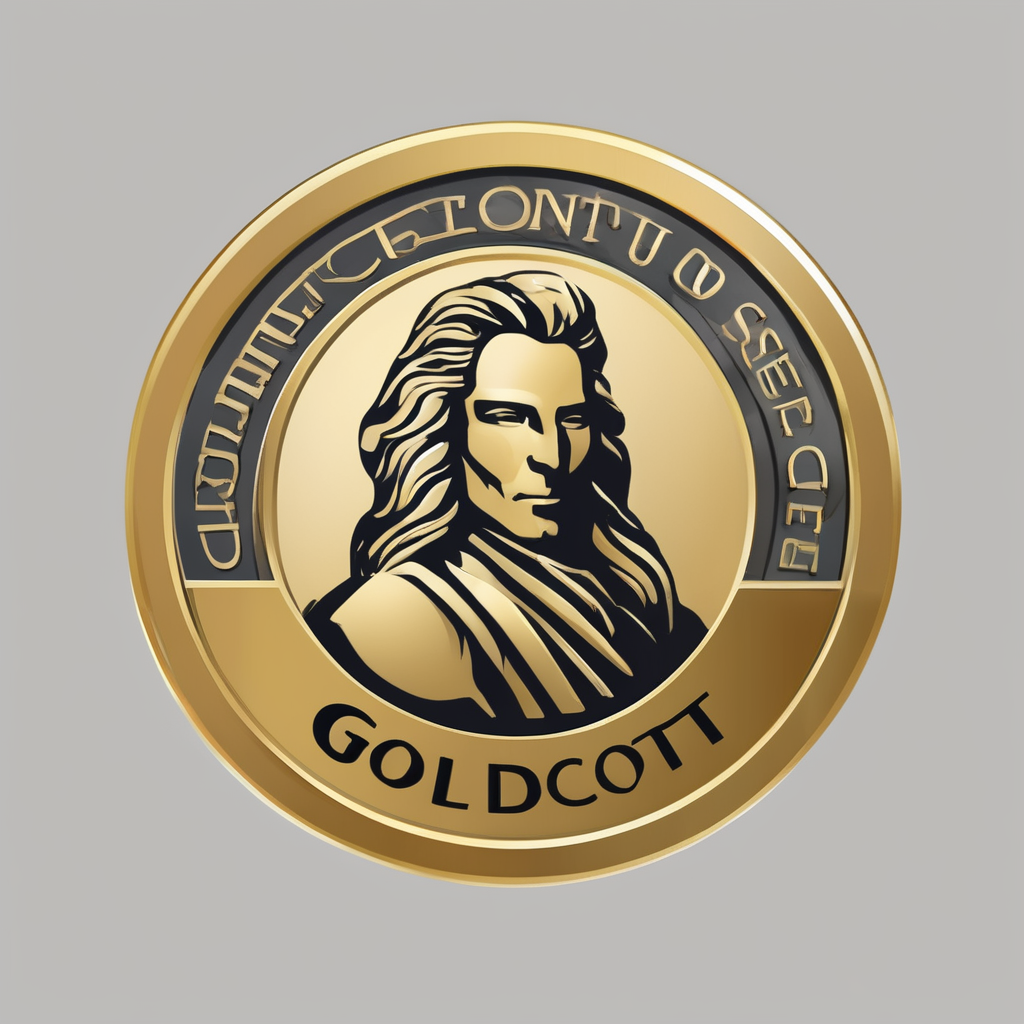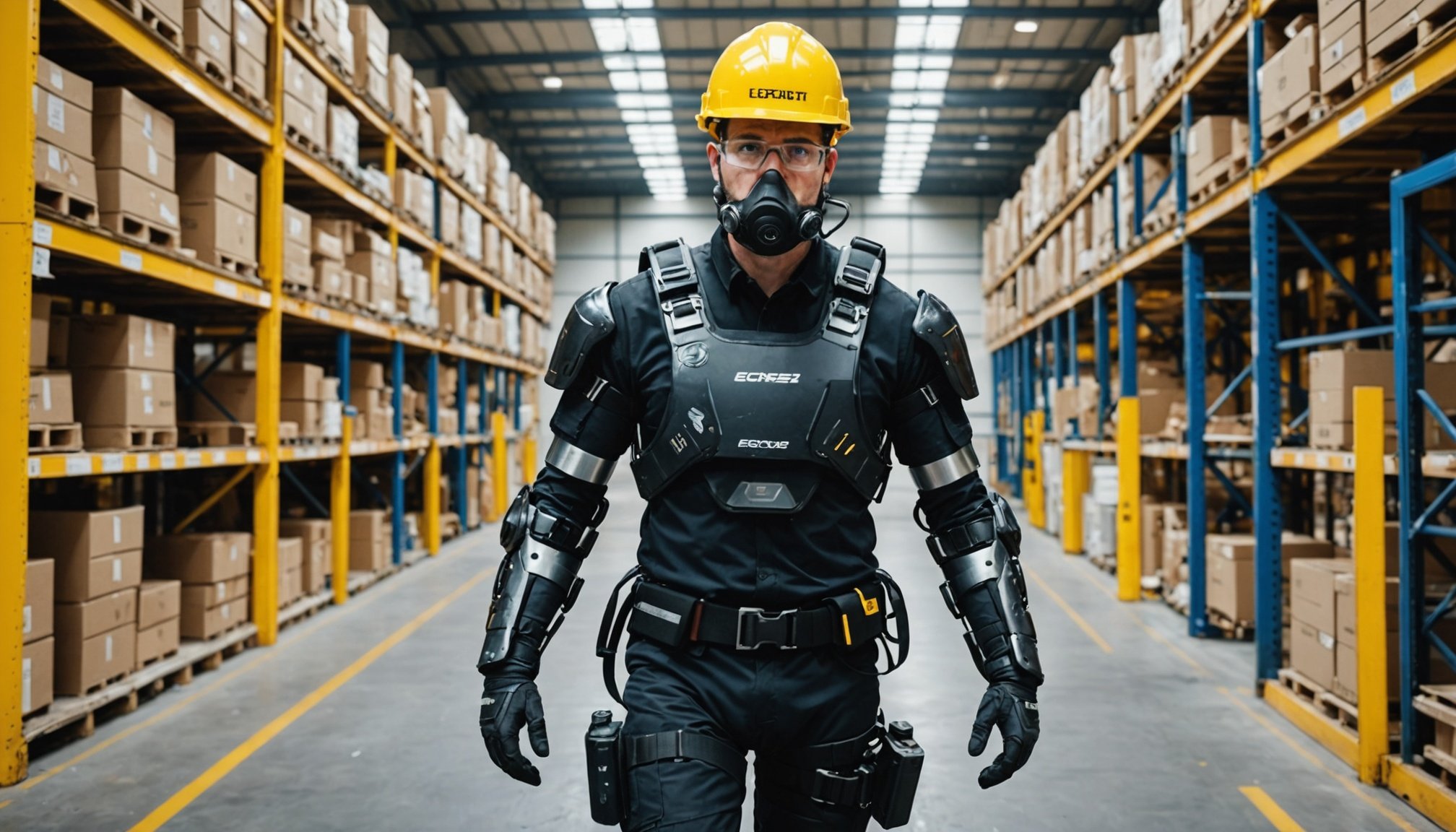Revolutionizing Workplace Safety: How Exoskeleton Technology is Preventing Injuries Among UK Workers
The Rising Need for Workplace Safety Solutions
In the UK, workplace injuries, particularly those related to musculoskeletal disorders (MSDs), have been a significant concern for both employers and employees. According to the Health and Safety Executive, 543,000 workers in the UK suffered from work-related MSDs in 2023/24, resulting in 7.8 million working days lost due to these conditions, predominantly back injuries[1].
This alarming statistic underscores the urgent need for innovative solutions to enhance workplace safety. One of the most promising technologies in this realm is the use of exoskeletons, which are revolutionizing the way we approach health and safety in various industries, including construction.
Also to read : Discover the best real estate agency in nice, france
What are Exoskeletons and How Do They Work?
Exoskeletons are wearable devices designed to support and enhance the physical capabilities of workers, particularly in physically demanding tasks. These devices can be passive or powered, depending on the specific needs of the job.
Passive Exoskeletons
Passive exoskeletons, such as the HAPO Back exoskeleton, use mechanical components like springs and levers to provide support without the need for power. They are engineered to transfer forces from the upper trunk to the thighs, alleviating pressure on the spine and reducing the risk of lower back injuries. For example, the HAPO exoskeleton can provide effective relief for up to 60kg of weight and is designed to increase stability when bending, lifting, repositioning, and transferring patients[3].
Also to see : Luxury real estate in Mauritius: Discover premium property options
Powered Exoskeletons
Powered exoskeletons, on the other hand, use motors and sensors to provide active support. These devices can adjust their assistance levels based on the task at hand and the user’s movements. For instance, the Daiya Exosuits integrate cutting-edge technology to assist with heavy lifting and repetitive movements, significantly reducing physical fatigue[3].
Real-World Applications in the UK
Several UK companies are already leveraging exoskeleton technology to improve workplace safety.
TECHNAL UK
TECHNAL UK, a supplier of low-carbon aluminium window, door, and facade systems for the construction industry, recently conducted a successful trial of AI-driven exoskeletons. The trial, facilitated by health and safety experts Stanley, involved workers lifting heavy metal profiles, which can weigh up to 25kg. The results showed that both workers involved in the trial felt immediate benefits, including reduced fatigue and back support, with one worker reporting less pain and fatigue after wearing the exoskeleton[2].
Clarendon House Care Home
At Clarendon House care home in Coventry, exoskeleton technology was tested to improve the health and wellbeing of care workers. Video scanning technology was used to assess specific tasks, such as moving patients in and out of bed. The analysis recommended the use of passive exoskeletons, which provided effective relief and increased stability for the care workers[1].
Key Benefits of Exoskeleton Technology
The integration of exoskeletons in the workplace offers several key benefits:
Reduced Injury Risk
Exoskeletons significantly reduce the risk of musculoskeletal injuries by providing support and alleviating pressure on the spine and joints. For example, the use of exoskeleton technology could potentially reduce lower back injuries at work by 30% to 40%[1][2].
Enhanced Productivity
By reducing fatigue and injury risk, exoskeletons enhance workers’ physical stamina, leading to increased productivity. Workers can perform tasks with greater ease and confidence, which streamlines work processes and reduces downtime[3].
Improved Work Environment
Exoskeletons contribute to a safer and more comfortable work environment. They are designed for ease of movement, allowing workers to bend, reach, and stretch without hindrance. This improves overall job satisfaction and mental health, as workers feel more supported and less stressed[3].
Technologies and Devices in Use
Several technologies and devices are being utilized to enhance workplace safety:
Modjoul SmartBelt
The Modjoul SmartBelt monitors unsafe movements and communicates with forklift drivers and other workers in the vicinity. It measures ergonomics and environmental factors, providing real-time data to help employers track workplace activity and plan detailed health and safety training[1].
Ansell’s Inteliforz
Ansell’s Inteliforz tracks hand and wrist movement, providing insights into high-risk ergonomic movements. This data helps employers to identify and mitigate potential injury risks[1].
WearHealth Exoskeleton Scanning Technology
WearHealth’s technology uses video scanning to assess the ergonomic risk of specific tasks and recommends suitable exoskeletons. This approach ensures that workers are equipped with the right support for their daily tasks, reducing the risk of musculoskeletal injuries[1].
Practical Insights and Actionable Advice
For businesses considering the adoption of exoskeleton technology, here are some practical insights and actionable advice:
Conduct a Detailed Risk Assessment
Before implementing exoskeletons, conduct a thorough risk assessment of the workplace to identify tasks that pose the highest risk of injury. Use video scanning technology and ergonomic feedback to determine the most appropriate exoskeletons for each task[1].
Provide Comprehensive Training
Ensure that workers receive comprehensive training on the use and maintenance of exoskeletons. This includes a week-long induction period where workers get accustomed to wearing the exoskeletons and understand how to use them effectively[2].
Monitor and Analyze Data
Use the data collected from wearable sensors and other technologies to analyze workplace activity and identify areas for improvement. This data-driven approach helps in planning detailed health and safety training regimes and in making informed decisions about workplace safety[1].
Future Research and Development
As exoskeleton technology continues to evolve, future research will focus on several key areas:
Integration with Other Technologies
Future research will explore the integration of exoskeletons with other technologies such as quantum computing and aquatic therapy. This could lead to more advanced and adaptable exoskeletons that can support complex movements and provide enhanced support in various environments[4].
Customization and Personalization
There will be a greater emphasis on customizing exoskeletons to meet the specific needs of individual workers. This includes developing exoskeletons with adjustable assistance levels and modularity to adapt to various workplace tasks[3].
Public Health Implications
The impact of exoskeleton technology on public health will also be a focus of future research. By reducing work-related injuries, exoskeletons can contribute to better overall health and wellbeing, reducing the burden on healthcare systems[1].
Exoskeleton technology is revolutionizing workplace safety in the UK by providing tangible solutions to the long-standing issue of musculoskeletal injuries. With their ability to reduce injury risk, enhance productivity, and improve the work environment, exoskeletons are set to become a cornerstone of health and safety strategies across various industries.
As Andre Jutel, Solutions Consultant at Stanley, noted, “Both workers quickly adopted the exoskeleton technology and could see how it really contributed to helping them with their daily tasks, having a real impact on their fatigue at the end of the day.”[2]
In the words of Matthew Hickman from TECHNAL, “Both workers quickly adopted the exoskeleton technology and could see how it really contributed to helping them with their daily tasks, having a real impact on their fatigue at the end of the day. We have purchased two further exosuits as we continue to roll this out to other employees who are now embracing the technology.”[2]
As we look to the future, it is clear that exoskeleton technology will play a pivotal role in creating safer, more productive, and healthier workplaces.
Comparative Table: Exoskeleton Technologies
| Exoskeleton | Key Features | Industry Applications | Benefits |
|---|---|---|---|
| HAPO Back | Passive, spring-loaded, supports up to 60kg | Logistics, Warehouse, Care Homes | Reduces lower back load, improves balance and stability, great for older staff[3] |
| Daiya Exosuits | Powered, artificial muscle support, enhances mobility | Construction, Manufacturing | Reduces physical fatigue, provides joint protection, enhances mobility[3] |
| CDYS Shoulder Support | Passive, adjustable assistance levels, ultra-lightweight | Vehicle manufacturing, Construction, Agriculture | Provides effective shoulder support, fully adjustable, ultra-lightweight[3] |
| Mawashi UPLIFT | Unpowered, modular, user-friendly activation | Various industries | Prevents musculoskeletal disorders, comprehensive support for back, shoulders, and knees, enhances endurance[3] |
| Modjoul SmartBelt | Monitors unsafe movements, communicates with forklift drivers | Construction, Warehouse | Provides real-time data, enhances ergonomics and environmental factors[1] |
Detailed Bullet Point List: Benefits of Exoskeleton Technology
- Reduced Injury Risk: Exoskeletons significantly reduce the risk of musculoskeletal injuries by providing support and alleviating pressure on the spine and joints.
- Enhanced Productivity: By reducing fatigue and injury risk, exoskeletons enhance workers’ physical stamina, leading to increased productivity.
- Improved Work Environment: Exoskeletons contribute to a safer and more comfortable work environment, improving overall job satisfaction and mental health.
- Customization and Personalization: Exoskeletons can be customized to meet the specific needs of individual workers, including adjustable assistance levels and modularity.
- Real-Time Data Analysis: Wearable sensors provide real-time data that helps employers track workplace activity and plan detailed health and safety training.
- Support for Older Workers: Exoskeletons make it possible for older and mobility-restricted workers to continue contributing effectively, extending their working life.
- Ease of Use: Exoskeletons are designed for ease of movement, allowing workers to bend, reach, and stretch without hindrance, minimizing downtime and maximizing work efficiency.
- Public Health Implications: By reducing work-related injuries, exoskeletons can contribute to better overall health and wellbeing, reducing the burden on healthcare systems.





